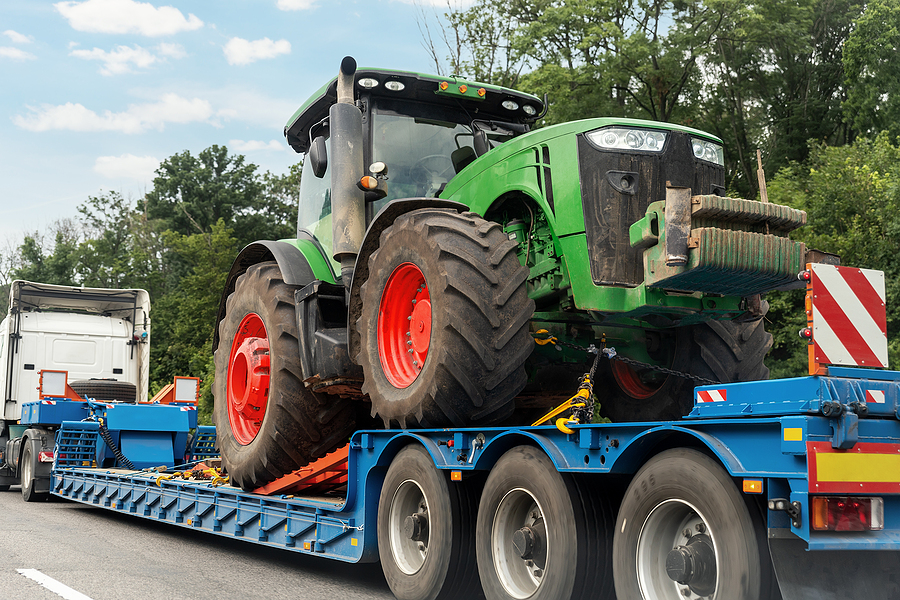Transporting heavy equipment is a challenging task that requires expertise and careful planning. Whether you are hauling oversized loads across town or to the other side of the continent, it’s important to understand the safety protocols in place for ensuring your cargo arrives safely and on time.
In this guide, we will cover all of the essential tips for safely transporting heavy equipment. This includes securing your load, proper loading techniques, navigating roads with oversized loads, and more. With the right preparation and knowledge, you can ensure that every shipment of heavy equipment goes off without a hitch!

How to Safely Transport Heavy Equipment Long Distances
Securing the Load: Heavy equipment is usually transported in a trailer. So, it’s important to make sure everything is securely tied down. The most common way of doing this is with chains and straps. Make sure these are attached to multiple points on the trailer for maximum stability. Also make sure they have the correct tension to prevent any shifting during transport. In addition, be sure to inspect the load before leaving to make sure all items are properly secured.
Loading Techniques: Loading heavy equipment can be a difficult task, especially when dealing with oversized loads. When loading your cargo onto the trailer, it’s important to distribute the weight evenly throughout the entire rig. Doing this will reduce strain on individual components as well as help maintain balance and stability. Additionally, it’s important to consider the center of gravity of your load. Make sure you place heavier items near the bottom. This will prevent tipping or accidental rollovers during transport.
Navigating Roads with Oversized Loads: When traveling on roads with oversized loads, there are some special precautions that must be taken. It is generally recommended to avoid highways when transporting heavy equipment as they tend to have higher speeds and less maneuverability at tight turns or corners. Instead, try sticking to smaller roads where possible for safer travel. Additionally, it’s also a good idea to plan your route in advance. This helps anticipate any narrow bridges or other obstacles that may require extra caution while driving.
In Summary
These are just a few of the essential tips for safely transporting heavy equipment. With proper planning and preparation, you can ensure that every shipment goes smoothly and arrives at its destination in one piece!
Consider Heavy Equipment Transport Services Instead
Heavy equipment transport services offer a plethora of benefits to businesses and individuals alike. With the ability to transport large machines and vehicles, these services ensure that valuable resources get to their destination safely and efficiently. Whether you’re moving construction equipment, industrial machinery, a fleet of trucks, or any other heavy objects, such transport services can offer a convenient and cost-effective solution.
With experienced drivers and advanced equipment, these services can also ensure that the transportation process is completed without any hassle or setbacks. In a nutshell, heavy equipment transport services are a reliable and essential service for any business that requires the movement of large objects, making it easier to focus on other important aspects of the job at hand.
Would you like to connect with a professional long distance towing company that can meet your heavy hauling needs in Indiana? Contact Zore’s Towing at 317-247-8484 for short and long distance heavy equipment transporting in Indianapolis, Indiana. We transport all throughout Indiana and across state lines.
Related Posts:
What You Need to Know About Hauling Oversized Loads
Heavy Equipment Transfer Service: Choosing the Right One
The Average Cost to Transport an Oversized Load
